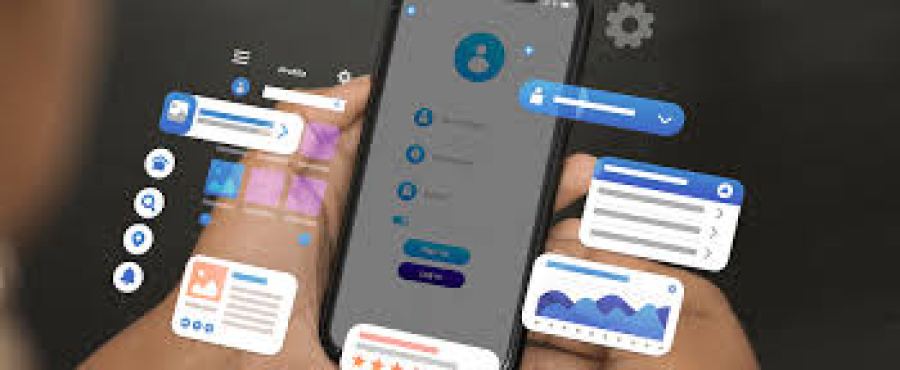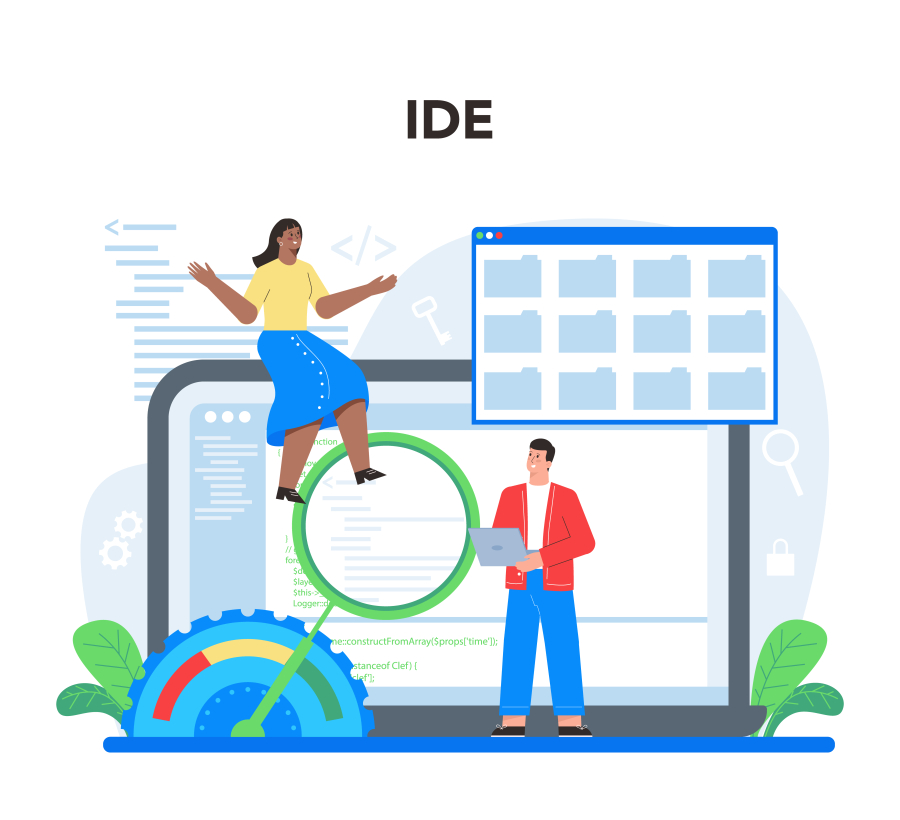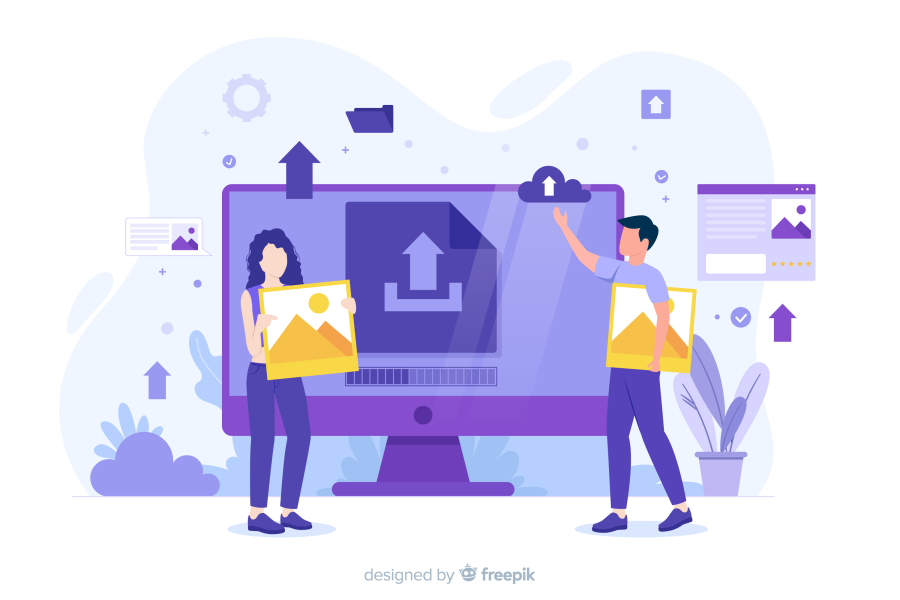How to Create Landing Pages That Convert
As a freelancer, your landing page is your digital handshake. Whether you're offering copywriting, design, legal services, coaching, or tech support, your landing page is the tool that converts visitors into leads or clients. But simply having a landing page isn't enough. You need a page that grabs attention, builds trust, communicates value, and prompts action—all in just a few seconds.
Creating high-converting landing pages is an essential part of any successful freelance business. In this in-depth guide, we’ll walk through the best practices, essential elements, and optimization techniques to help freelancers build landing pages that actually convert.
Long Description
What is a Landing Page and Why Does it Matter?
A landing page is a standalone web page created specifically for a marketing or advertising campaign. It’s the page your visitors land on after clicking a link from a social media ad, email, blog post, or search engine result.
Unlike general website pages, a landing page has one specific goal—usually to convert a visitor into a lead or client by getting them to take an action such as filling out a form, booking a consultation, or downloading a lead magnet.
As a freelancer, this can be the difference between casual visitors and high-paying clients.
Key Benefits of High-Converting Landing Pages for Freelancers
1. Generate Consistent Leads
Landing pages allow you to gather client information through forms and lead magnets, building a pipeline of potential work.
2. Focused Message for Specific Audiences
Tailor the message based on your niche (e.g., “SEO Services for eCommerce Stores” or “Legal Consultation for Startups”) to attract the right clients.
3. Improve Ad Performance
Sending traffic from Facebook, Google Ads, or LinkedIn to a targeted landing page increases ROI and reduces bounce rates.
4. Build Credibility and Trust
A professional layout, testimonials, case studies, and secure branding reassure potential clients that you're the right person for the job.
Essential Elements of a High-Converting Landing Page
To build a landing page that works, make sure you include the following components:
1. Compelling Headline
Your headline is the first thing visitors see. It must:
Capture attention immediately
Clearly communicate what you offer
Include a value-driven benefit
Example:
“Get Legal Contracts Drafted in 48 Hours – Freelance Legal Services for Small Businesses”
2. Subheadline That Supports the Headline
Your subheadline should reinforce the promise made in the headline and offer additional clarity or a differentiator.
Example:
“Affordable, remote, and legally sound documentation with 100% satisfaction guarantee.”
3. Clear Call-to-Action (CTA)
A single, well-designed CTA should guide users to act.
CTA Examples:
“Book Your Free Consultation”
“Download the Pricing Guide”
“Get Started with a Discovery Call”
Keep it prominent and repeat it throughout the page.
4. Short, Persuasive Copy
Focus your copy on benefits, not just features.
Instead of saying: “I offer graphic design services,”
Say: “Get scroll-stopping designs that drive real engagement.”
Keep sentences short, use bullet points, and address pain points and solutions.
5. Trust Signals and Social Proof
Freelancers need to build trust quickly.
Use:
Testimonials
Client logos
Reviews or ratings
Certifications or credentials
These help remove doubts and validate your expertise.
6. Visuals and Media
Images, videos, or mockups help explain your offer and make the page more engaging.
Use a professional headshot
Add work samples or screenshots
Include explainer videos (if possible)
7. Mobile Responsiveness
Over half of traffic comes from mobile devices. Make sure:
The design adapts to all screen sizes
Text and buttons are easy to read and tap
The form is simple and optimized for touch
8. Minimal Navigation and Distractions
Landing pages should remove any exit points. Avoid:
Header navigation menus
Too many links
Unrelated content
Keep the user focused on the CTA.
How to Optimize Your Landing Page for More Conversions
Once you have the structure in place, it’s time to fine-tune.
1. Use A/B Testing
Test different headlines, images, CTA buttons, and copy.
Even a small change can result in major improvements in conversion rates.
What to test:
Button colors and placement
Headline variations
Short-form vs. long-form content
2. Reduce Form Fields
Only ask for essential info.
If your goal is to get leads, don’t make users fill out 10 fields.
Best Practice:
Name, Email, and one optional question (like project type or budget).
3. Add Exit-Intent Popups
Capture leads that are about to leave by offering:
A free guide
A limited-time discount
A booking link for a free call
Popups should be used strategically, not spammy.
4. Optimize Page Speed
A slow-loading page drives visitors away.
Use tools like Google PageSpeed Insights or GTMetrix to identify speed issues and fix them.
Compress images, use fast hosting, and reduce unnecessary scripts.
5. Leverage Analytics
Track behavior using Google Analytics or Hotjar.
See how far users scroll, where they click, and where they drop off.
Use these insights to adjust content, layout, or CTA placement.
Landing Page Strategies for Different Freelance Niches
Freelance Legal Experts
Headline: “Need Legal Advice for Your Startup?”
Offer: Free 20-minute legal consultation
Trust signal: “Over 150 contracts reviewed for entrepreneurs in India”
Freelance Designers
Headline: “Boost Your Brand with Scroll-Stopping Visuals”
Offer: Free branding audit or portfolio PDF
Trust signal: Before-and-after images, logos, UI mockups
Freelance Writers
Headline: “Get SEO Content That Converts”
Offer: Free 500-word sample or content strategy call
Trust signal: Testimonials from blogs or SaaS companies
Freelance Developers
Headline: “Fast, Secure Websites Built to Convert”
Offer: Book a free 30-minute discovery session
Trust signal: Client case studies, performance results, reviews
Common Mistakes to Avoid
Using generic templates without customization
Focusing only on features, not benefits
Having more than one primary CTA
Neglecting to test and update content
Failing to follow up on submitted leads
Adding too many distractions or links
Using Landing Pages as Part of a Larger Freelance Funnel
Landing pages work best when part of a funnel. Here’s how:
Top of Funnel (Attract): Drive traffic through ads, blogs, LinkedIn posts, or email.
Middle of Funnel (Engage): Use lead magnets, webinars, or audits to warm up leads.
Bottom of Funnel (Convert): Encourage discovery calls, proposals, or direct bookings from your landing page.
You can create multiple landing pages for:
Different services
Different client types (startups, agencies, solo founders)
Different industries (healthcare, fintech, education, etc.)
SEO Tips for Landing Pages That Convert
Use your primary keyword in:
Page title
Meta description
Header (H1)
First paragraph
Optimize images with alt text
Use schema markup for services, reviews, and contact info
Keep the URL short and keyword-rich (e.g., /freelance-content-writer-services)
Add internal links to related blog posts or case studies
Conclusion
Landing pages are not just pages—they’re silent salespeople. As a freelancer, you need pages that don’t just look good but actually work. With a clear structure, compelling copy, and strong visuals, your landing page can become your top client-acquisition tool. Combine conversion-focused design with smart SEO tactics, and you’ll start seeing better engagement, more inquiries, and ultimately, more clients.
Whether you're starting from scratch or refining an existing page, use this guide to create landing pages that convert—and turn traffic into trust, and trust into business.


 by Emily
by Emily




